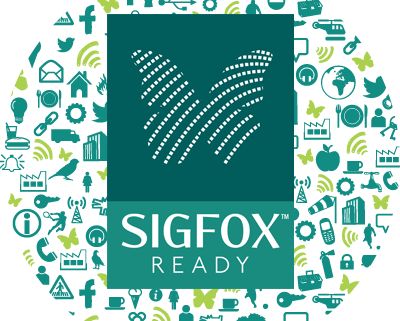Sigfox, the French startup that uses a cellular network to connect all thousands of devices together, has announced major expansion plans for the United States.
The company plans to work with “strategic site owners” to ensure the Internet of Things (IoT) deployment goes smooth. The partnership gives Sigfox access to 230,000 tower, rooftop, and billboard sites, which act as cell towers sending information to all devices.
See Also: Sigfox collaborating with Microsoft’s Azure Internet of Things Hub
Sigfox already has seven million devices connected to its network in 16 countries. This expansion into the U.S. shows the growth of Sigfox’s brand in the past year and enterprise interest in low-power, wide area communications (LPWA) to power an IoT network.
“The U.S. is a huge growth market for Internet of Things connectivity, especially in smart cities, utilities, shipping and agriculture sectors that require large-scale and cost-effective communication,” said Allen Proithis, president of Sigfox North America. “Our partnerships with these site owners enables Sigfox to leverage existing sites to rapidly deploy our out-of-the-box connectivity solution in the U.S. market. Sigfox’s low-cost IoT connectivity complements cellular networks, and allows billions of additional devices to participate in the benefits of IoT.”
Sigfox cheap to scale
Sigfox’s network does not require lots of investment to scale, so the expansion shouldn’t be too expensive, which is good news since the startup made less than $10 million in revenue last year. Samsung, Telefonica, and Intel have invested $150 million into the company, according to CrunchBase, which should give them enough to heavily expand into new countries.
As IoT starts to pick up the pace, Sigfox believes it will see an increase in sales. It points to an IDC prediction that claims by 2020 North America will be the third largest installed base of IoT units, at 7.5 billion, and account for $1.9 trillion in IoT revenue.





















